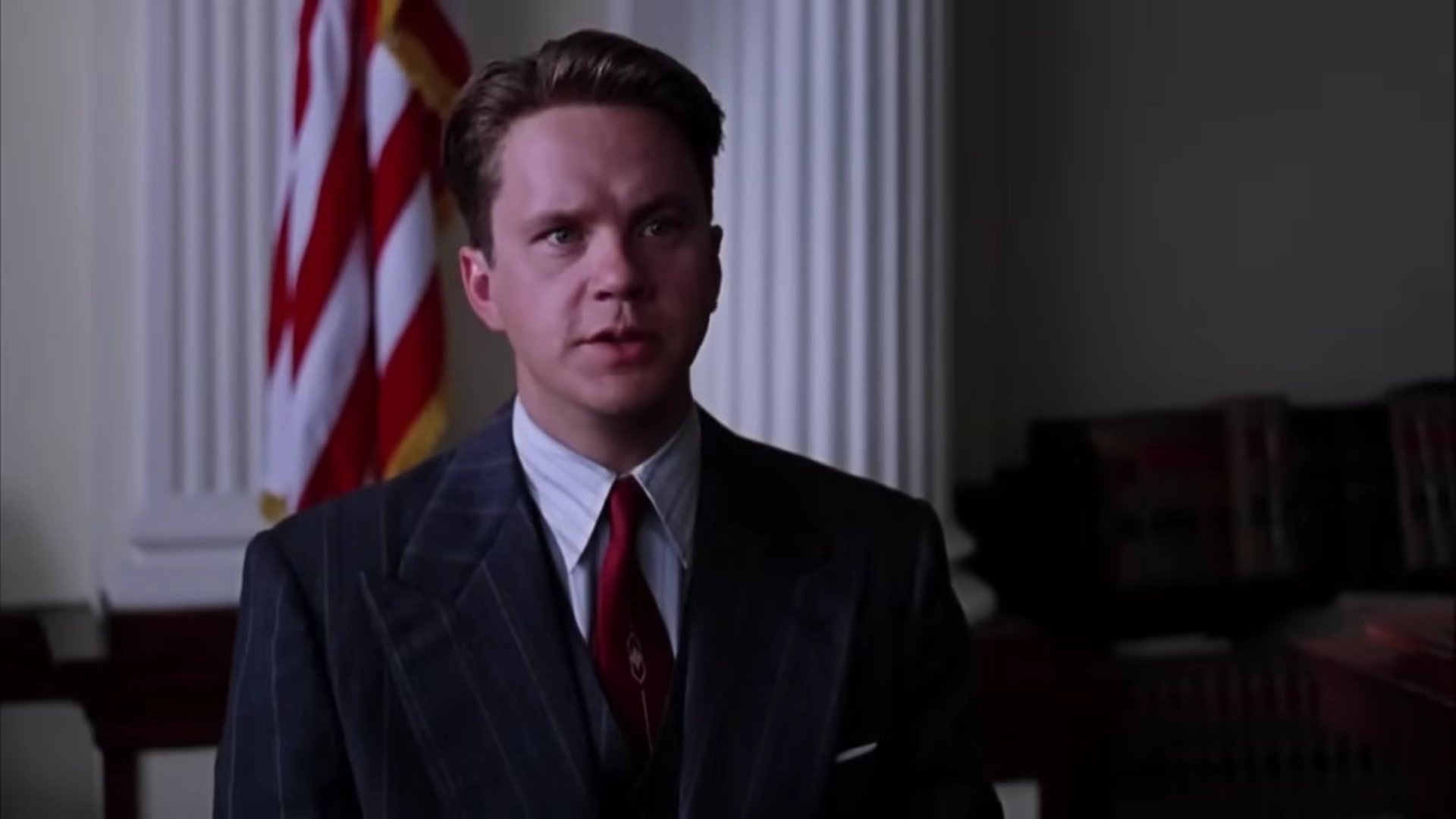[ad_1]
There is one scene in “The Shawshank Redemption” that would seem apt to the film’s being an adaptation of a story by Stephen King, whose epithet is “the master of horror.” It is toward the end and is of a man on a rope in a horizontal shaft, the view partially obscured by cobwebs and with lightning flashes in the background. Yet, “The Shawshank Redemption” is not a horror film. That being said, though, there is perhaps more real horror in it than in many movies made to scare its audience. For its horror is the horror of prison life – fictionalized, sure, but all the same, very much real.
I am looking at the movie in this piece to mark its 30 years since its first release. The film did not initially do well, but since then, it has deservedly become a classic, as it is a flawless work of art. Owing to its age, the film will be covered in its entirety, including its very final scene, as this piece is written with the expectation of familiarity with it. Thus, those who have not seen it might want to leave this piece or watch it before continuing.
The prison
The setting for most of the film is the Gothic-looking Shawshank State Prison. The character of Ellis Boyd Redding, or simply Red, played by Morgan Freeman, narrates the events of the film as the inmate “who can get it for you” – that is, the connected con who can supply other inmates wants. As part of his narration, Red declares that “prison is no fairy-tale world.” This prison certainly is not. There are live maggots in the food, a gang that rapes fellow inmates, and the sadistic captain of the guards Hadley (Clancy Brown), who can beat prisoners so severely as to leave them paralyzed or dead. There is also the corrupt warden Norton (Bob Gunton), who uses prison labor to make himself rich through bribery and embezzlement and who proves willing to murder to defend his profitable business. Then there is the monotony – not only that of solitary confinement, for which “a week … is like a year,” but the regular humdrum existence of prison life. This is reflected cinematographically by the fact that most of the films that take place in the prison are of such dull coloring that they render it almost monochrome.
The protagonist
The ancient philosopher Heraclitus, who was from the western Anatolian city of Ephesus, affirms that it is through contrasting negatives that we can truly recognize the power of positives. Thus, “disease makes health sweet and good; hunger, satiety, weariness and repose.” Indeed, the reason for the enduring popularity of “The Shawshank Redemption” is that while the viewer is given a full view of the horror of prison life, the sharp life-affirming contrasts made to this squalid existence are all the brighter and more impactful against it. These contrasts spring from Andy Dufresne, played by Tim Robbins. In this realistic character-driven drama, he, as the main character, is the center of the viewer’s focus all the way from the night he drunkenly toys with a gun while harboring murderous thoughts toward his wife through his trial for her murder and that of her lover, his 1947 conviction and his long incarceration in Shawshank Prison, to his escape and the brief glimpse of his free life under the invigorating sun of Mexico at the end.
In prison, Dufresne is known as the “wife-killing banker.” Despite having had homicidal ideations toward his spouse, Dufresne is later revealed in the film as not responsible for the murders. That the inmate who is guilty, when imprisoned, might be able to find a modicum of solace in the thought that, at least in some sense, they deserve to be where they are. For an incarcerated innocent, though, even this would be lacking them. That must be one of the toughest ordeals a human being can be put through.
Source

Emil Kovács graduated from the Journalism program at Eötvös Loránd University in Hungary. During his journalism studies, he focused on data journalism, investigative reporting, and multimedia storytelling. He gained experience by writing for the university’s student newspaper, where he gained attention for his articles on social issues. After graduation, Emil began working as a reporter at a European news agency, where he conducts in-depth analyses of international news and current events.



